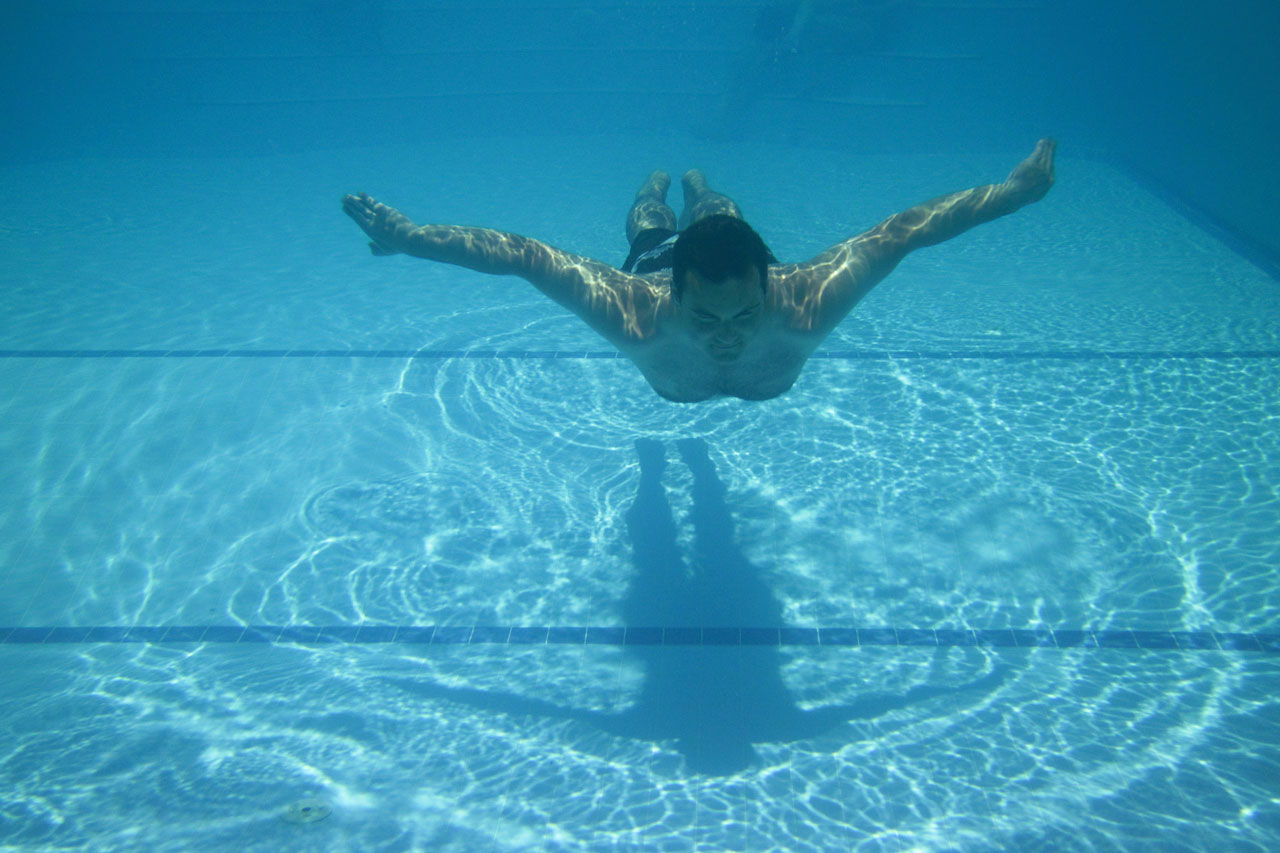Canadian patients had higher major complication rates after TKA
Patients from Canada who underwent total knee arthroplasty experienced a higher rate of major complications compared with patients from the United States, according to results recently published in JAMA Surgery.

by Casey Tingle, Orthopedics Today, February 2016.
“In our study, it was clear that Canadian patients had a significantly longer length of stay in hospital following hip and knee arthroplasty as compared to the United States, where there was at least a 3-fold higher discharge rate to rehabilitation facilities,” John Antoniou, MD, PhD, FRCSC, told Orthopedics Today. “The rate of major complications following hip and knee arthroplasty was low in both countries; however, the odds were slightly higher in Canadian patients following knee replacement surgery.”
| United States vs Canada |
Using the National Surgical Quality Improvement Program (NSQIP), Antoniou and colleagues identified 55,335 patients who underwent primary elective total hip or knee arthroplasty between January 2011 and December 2012. Overall, 19,480 and 2,039 total hip arthroplasties (THAs) and 30,979 and 2,837 total knee arthroplasties (TKAs) from the United States and Canada, respectively, were included. Results showed most U.S. patients underwent general anesthesia, while more Canadian patients underwent regional anesthesia.
There were significantly higher odds ratios of major complications after TKA among patients who underwent surgery in Canada, according to a multivariable model controlling for baseline and operative characteristics. However, after accounting for all variables, researchers found no significant difference in major complications following THA between the countries.
Patients in Canada experienced a 57% longer length of stay after THA and a 49% longer length of stay after TKA than patients from the United States.
“Shorter length of stay in American hospitals did not result in higher complications nor an increase in readmission rates,” Antoniou said. “Canadians could potentially benefit by adopting similar perioperative care pathways and strategies to improve hospital efficiency, availability of rehabilitation facilities and timely patient discharge.”
| Future research |
“While NSQIP is the largest database of its kind today with more than 400 participating sites in the United States and Canada, it is not necessarily a representative of these populations,” Antoniou said. “The comparisons made in our study are therefore limited to the hospitals included in NSQIP, which are not necessarily the national average.”
He continued, “Perioperative complications and length of stay are just the tip of the iceberg. As databases like NSQIP and total joint replacement registries evolve, we will have access to more information on patients and outcomes. We may eventually be able to compare clinical outcomes, as well as revision rates, between countries.”
| John Antoniou MD PhD FRCSC can be reached at Jewish General Hospital, 3755 Côte-Sainte-Catherine Rd., Montréal, QC H3T 1E2, Canada; email john.antoniou@icloud.com |
 Source Orthopedics Today, Healio
Source Orthopedics Today, Healio
| References |
Comparison of US and Canadian Perioperative Outcomes and Hospital Efficiency After Total Hip and Knee Arthroplasty, Hart A, Bergeron SG, Epure L, Huk O, Zukor D, Antoniou J. JAMA Surg. 2015 Oct;150(10):990-8. doi: 10.1001/jamasurg.2015.1239. Full text
| Further reading |
Provider volume and other predictors of outcome after total knee arthroplasty: a population study in Ontario, Kreder HJ, Grosso P, Williams JI, Jaglal S, Axcell T, Wal EK, Stephen DJ. Can J Surg. 2003 Feb;46(1):15-22. Full text
Also see
Swimming may decrease pain, improve function in older patients with OA Rheumatology, Healio
Low Impact Swimming Workouts Aquamobile
Exercise After Knee Replacement The New York Times
